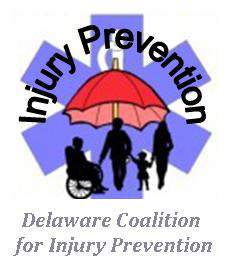
PREVENTION TEAMS:
Prevention of Fire-Related Injuries Team
The Fire, Burn, and Smoke Injury Prevention Team covers a wide variety of topics. While we traditionally think of these injuries in
relation to fires and smoke inhalation, we also must look at lesser known sources of injury such as fireworks, scalding and chemical
burns. Our team is dedicated to reducing these injuries and sharing helpful prevention information with the public.
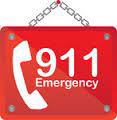
The #1 rule when dealing with a true medical emergency or serious injury is to call 911 immediately!! The sooner a
call is received, the sooner help will arrive. Hopefully the efforts of the entire Coalition for Injury Prevention will provide the
resources to prevent an emergency from occurring.
Fast Facts
-
Fire
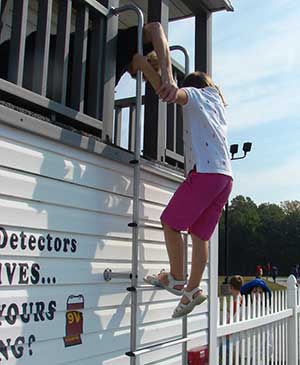
- In 2015, there were 1,345,000 total fires reported in the United States. This is an increase of 3.7% from 2014. These fires caused 3,280 civilian fire deaths, 15,700 civilian fire injuries, and $14.3 billion in property damage. Fire Departments respond to a fire call every 23 seconds.
(National Fire Protection Association).
- Fires can occur anywhere: home, work, school, stores, restaurants, cars, etc. Being prepared is everyone's responsibility. Make
note of emergency exits whenever you are in an unfamiliar building.
- Practice escape planning at home. Having a solid plan in place before an emergency occurs is crucial. Also, practice your escape
plan at all hours. Most deadly fires occur when we are asleep, so having experience escaping at night while still disoriented from
waking up is extremely valuable.
- Never leave a fire unattended. This includes cooking, candles, grills, campfires, etc.
- Most injuries occur when civilians try to control a fire. One of the most important things to remember is "Get Out, Stay
Out". Get to somewhere safe and call 911. Do not re-enter a burning structure for any reason!
-
Chemical Burns
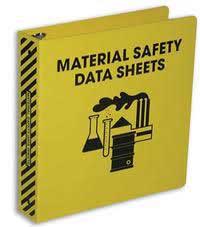
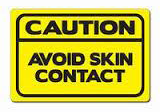
- We generally think of burns as occurring on the skin, but chemical burns can cause injuries to the mouth, throat, nasal passages,
or eyes. Keep all chemicals secured and away from children. Read and follow all directions. Many common household cleaners can be
extremely dangerous if used improperly. Wear proper protective clothing and safety gear and have adequate ventilation when necessary.
In case of an emergency, know what chemicals were being used and have the Material Safety Data Sheets (MSDS) sheets available.
-
Scald Burns
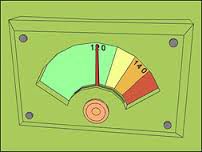
- Young children and older adults are at a higher risk for scald burns due to having thinner skin. Older adults also run the risk
of scald burns due to limited mobility or poor balance.
- The most common cause of scald burns is hot water. Hot water heaters should be set to 120°-140° water can cause 3rd
degree burns in as little as 5 seconds.
- Spilled food and drinks are also a common cause of scald burns.
-
Fireworks
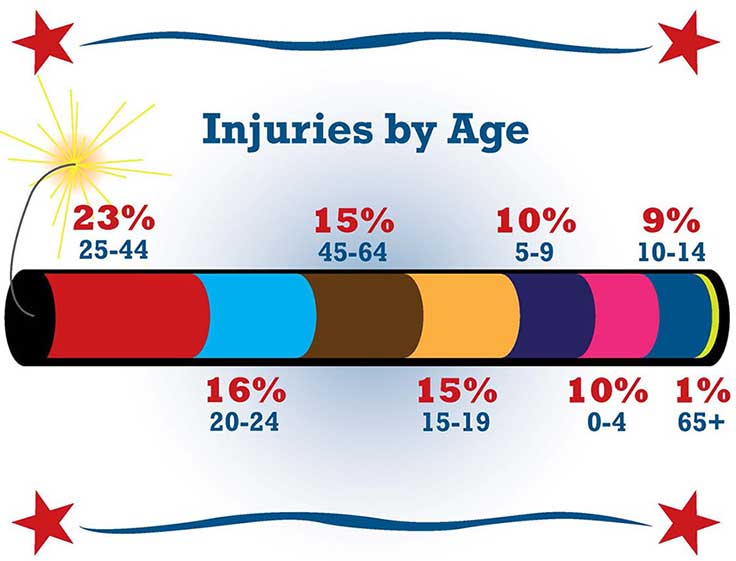
-
Juvenile Firesetting
- Many people think that firesetting is a phase children will outgrow. Firesetting is not a phase. If a child is not taught fire
safety, the firesetting behaviors can get out of control very quickly and lead to severe injuries. Others believe that it is normal
for children to play with fire. This is not true. Curiosity about fire is normal. However, the use of fire without an adult's
knowledge, approval, and/or supervision is an extremely dangerous behavior.
- The Office of the State Fire Marshal offers an educational Juvenile Firesetter Intervention Program
(JFIP) to any child in the State that has been involved in fire play activities.
- When a child is referred to the program, trained staff interviews and educates the child. In most cases, these interviews take
place in the client’s home with his/her primary caretaker present, at a time most convenient to the family. After the
interview, recommendations are made to the child's caretaker as to the appropriate service or combination of services indicated.
- The program is free of charge and strictly confidential. The information
obtained from the interview cannot be shared with anyone without the written consent of the caregiver.
- In addition to general fire safety, the educational intervention component of the program includes: Consequences of Fire Play,
Hurting Themselves and Others, A High Price to Pay (Legal/Financial), Media Influence, Media Portrayal of Fire vs. Reality of Fire,
Good Choices vs. Bad Choices, and Peer Pressure Influence. This combination of educational topics has provided for the success of the
program over the past three decades, maintaining a 6% recidivism (relapse)rate since the program's inception in 1981.
- For further information, or to refer a child between the ages of 3-17, please call toll free: 1-800-432-8500
-
JFIP Brochure
Participating Agencies
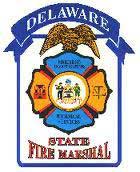
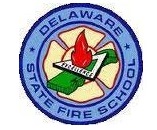


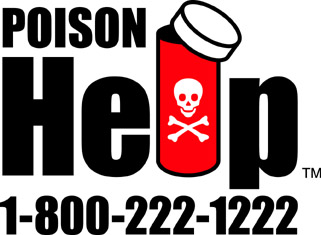
 Please note: Some of the files available on this page are in Adobe PDF format which requires Adobe Acrobat Reader. A free copy of Adobe Acrobat Reader can be downloaded directly from Adobe . If you are using an assistive technology unable to read Adobe PDF, please either view the corresponding text only version (if available) or visit Adobe's Accessibility Tools page.
Please note: Some of the files available on this page are in Adobe PDF format which requires Adobe Acrobat Reader. A free copy of Adobe Acrobat Reader can be downloaded directly from Adobe . If you are using an assistive technology unable to read Adobe PDF, please either view the corresponding text only version (if available) or visit Adobe's Accessibility Tools page.






![]() Please note: Some of the files available on this page are in Adobe PDF format which requires Adobe Acrobat Reader. A free copy of Adobe Acrobat Reader can be downloaded directly from Adobe . If you are using an assistive technology unable to read Adobe PDF, please either view the corresponding text only version (if available) or visit Adobe's Accessibility Tools page.
Please note: Some of the files available on this page are in Adobe PDF format which requires Adobe Acrobat Reader. A free copy of Adobe Acrobat Reader can be downloaded directly from Adobe . If you are using an assistive technology unable to read Adobe PDF, please either view the corresponding text only version (if available) or visit Adobe's Accessibility Tools page.